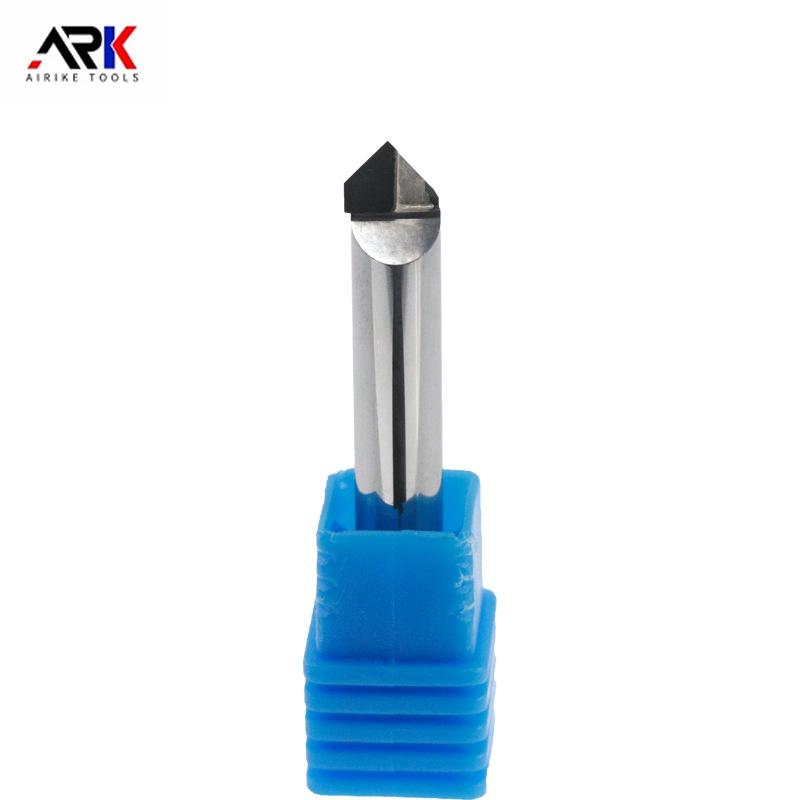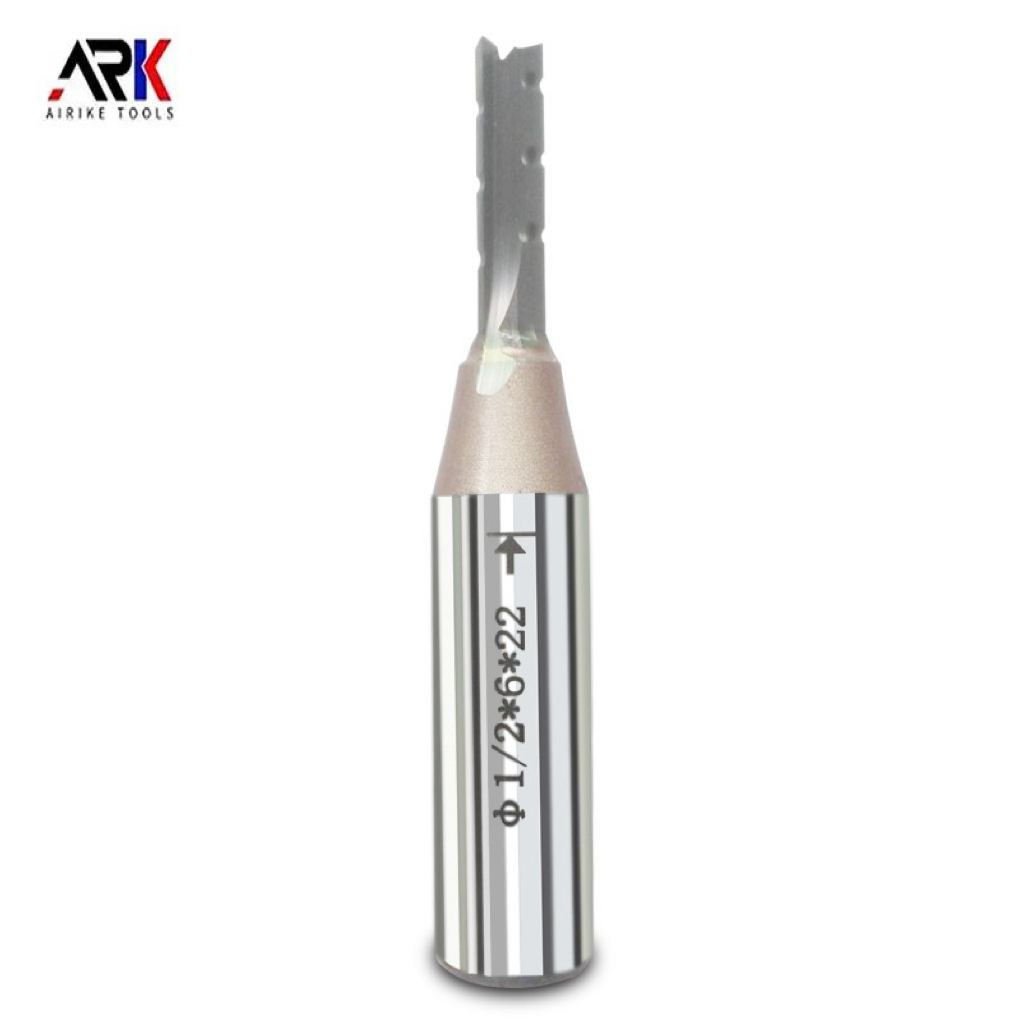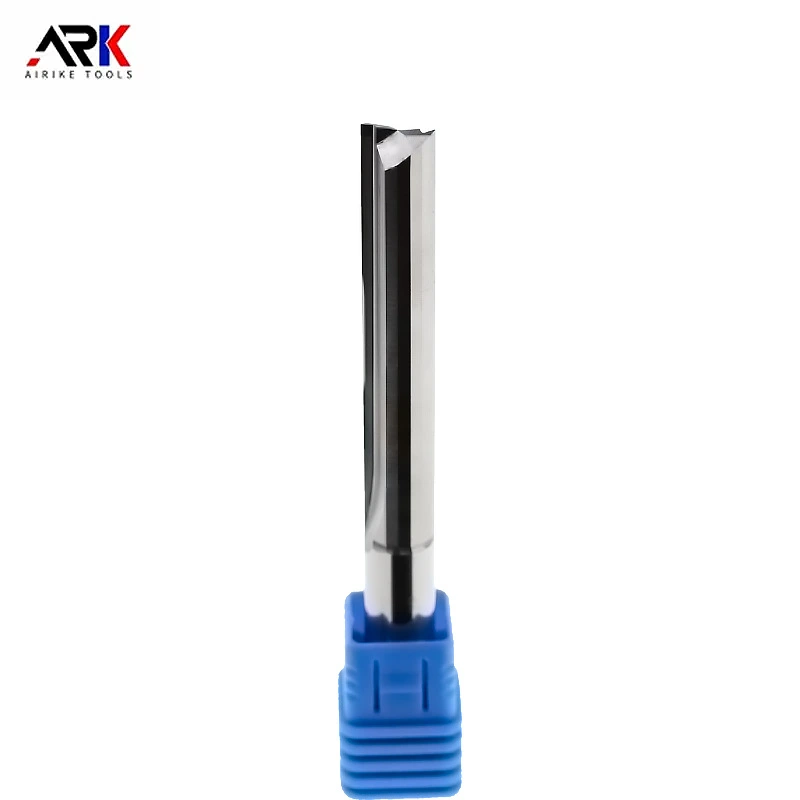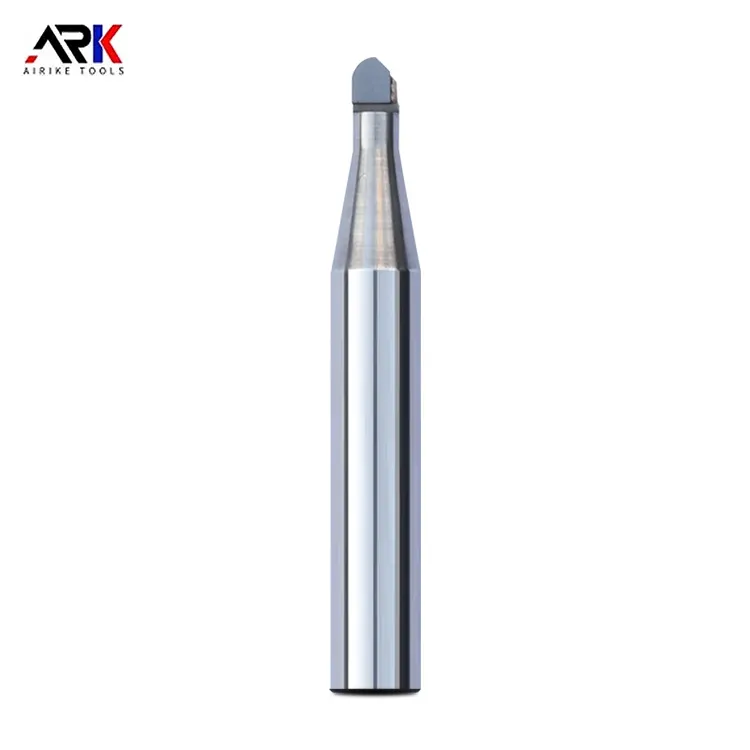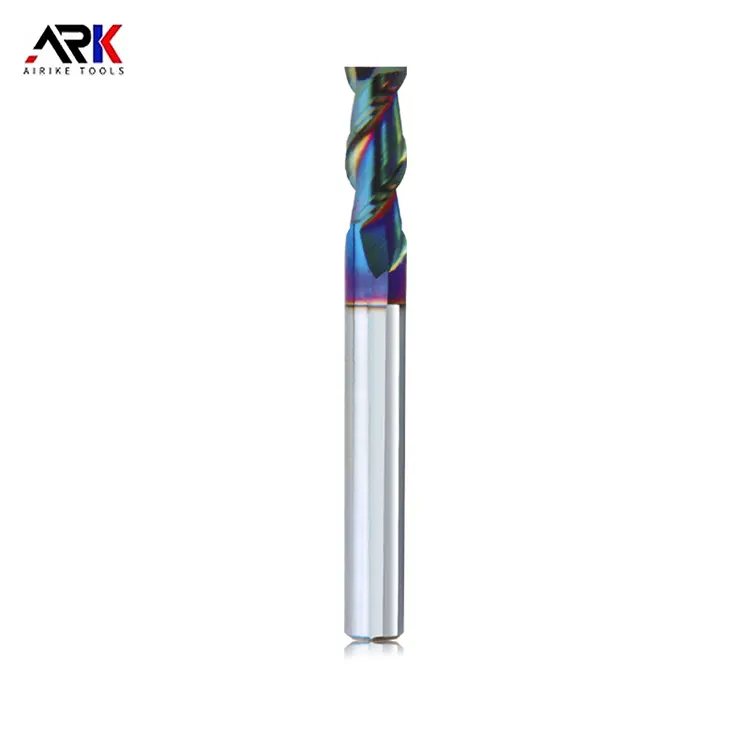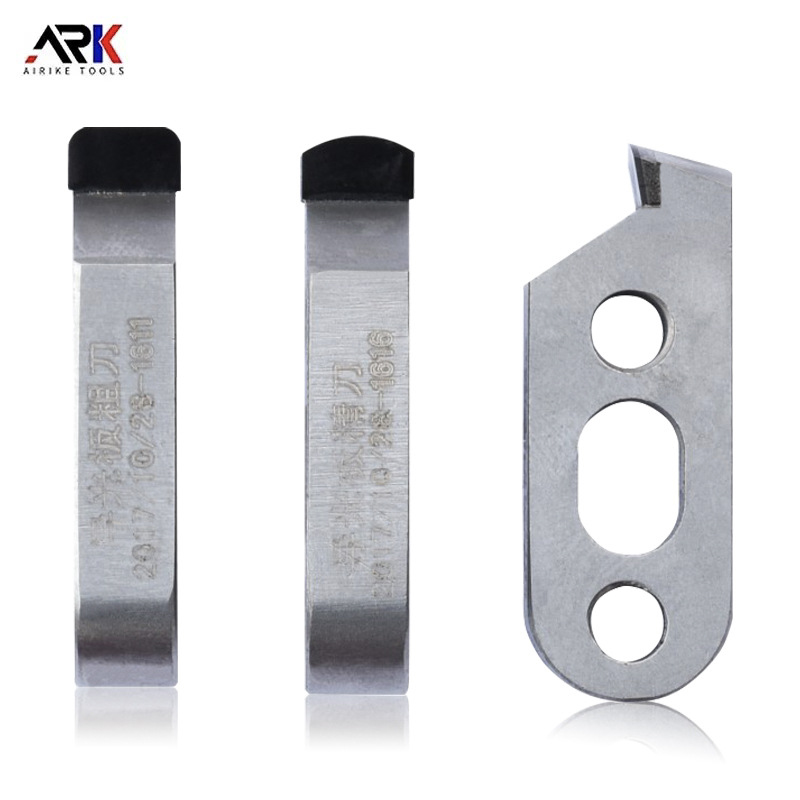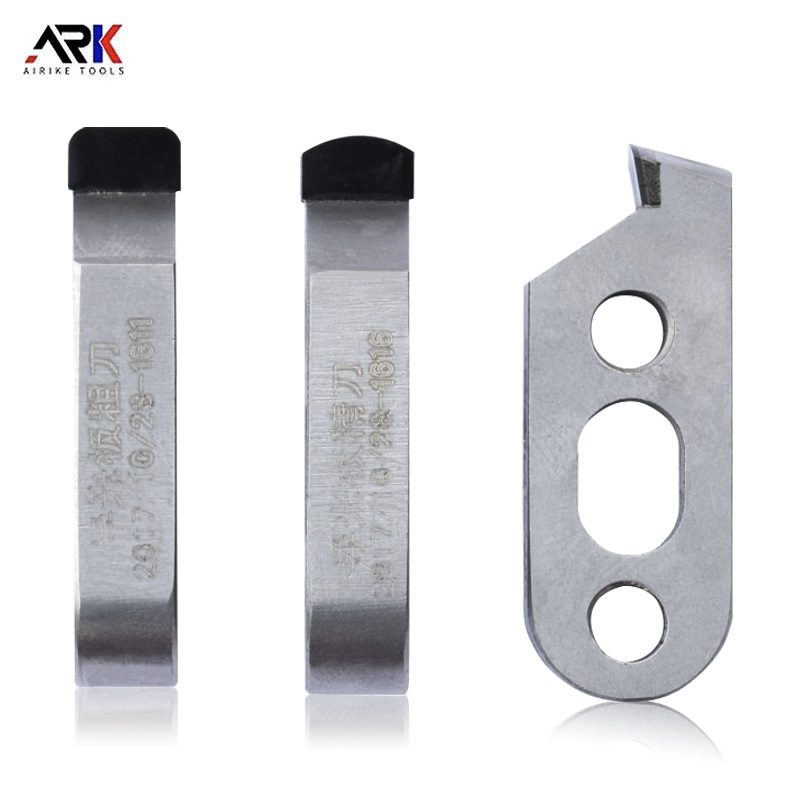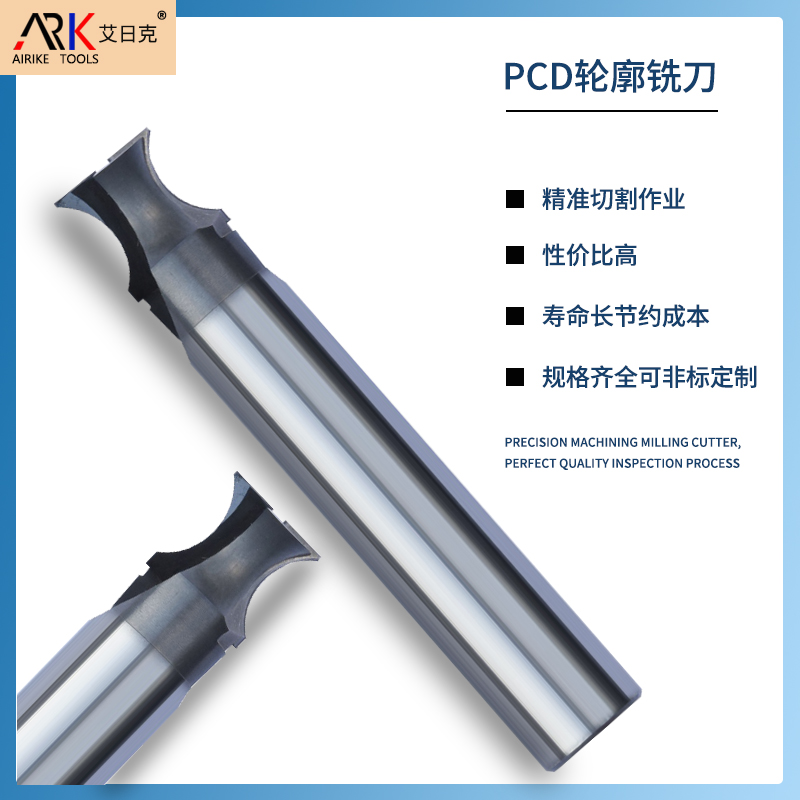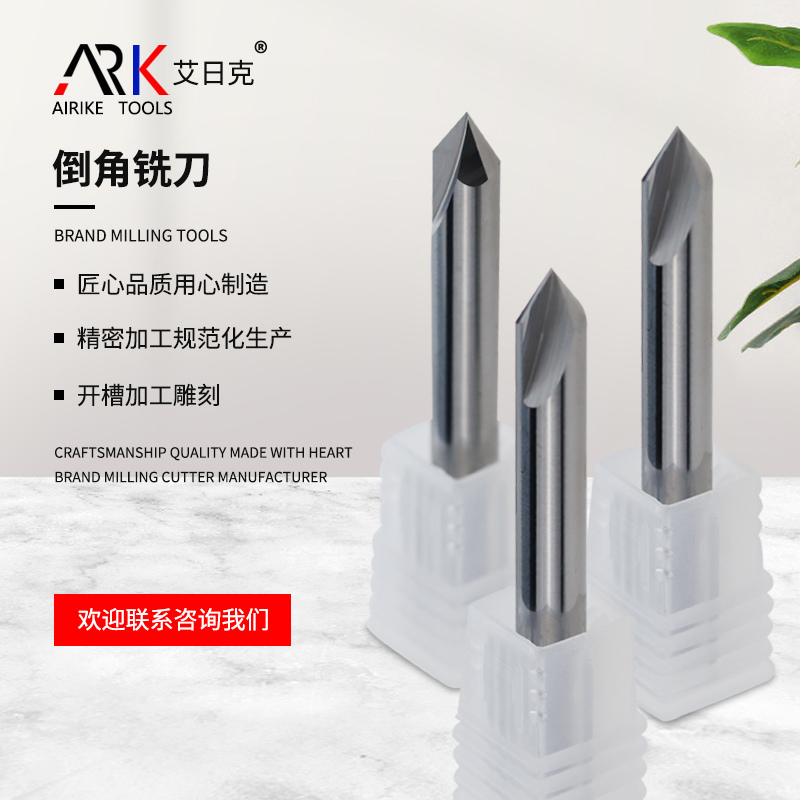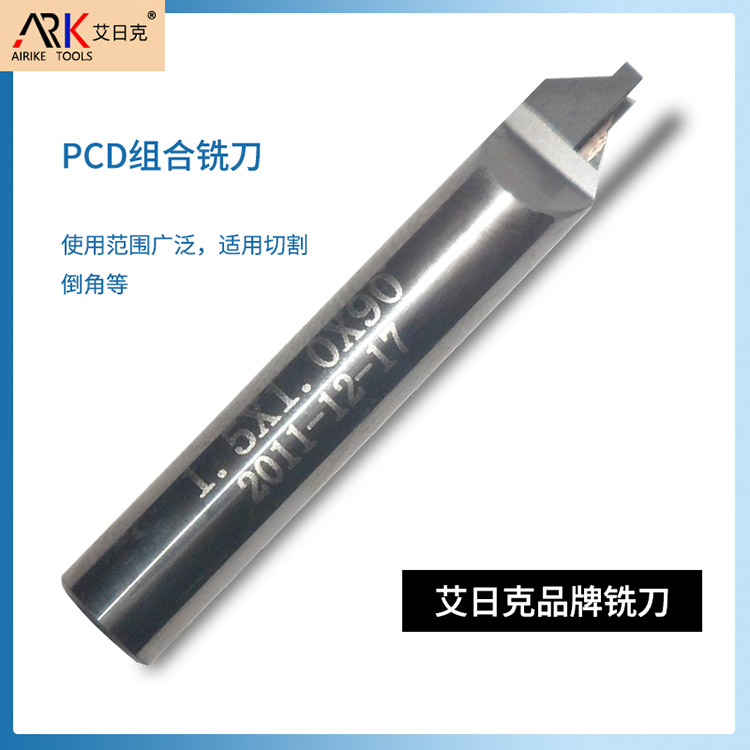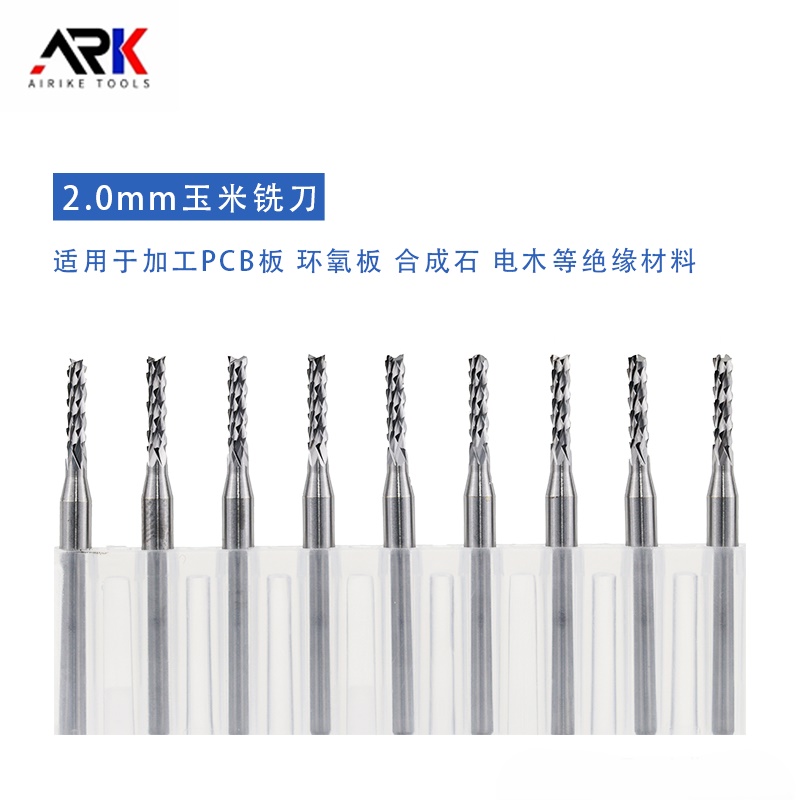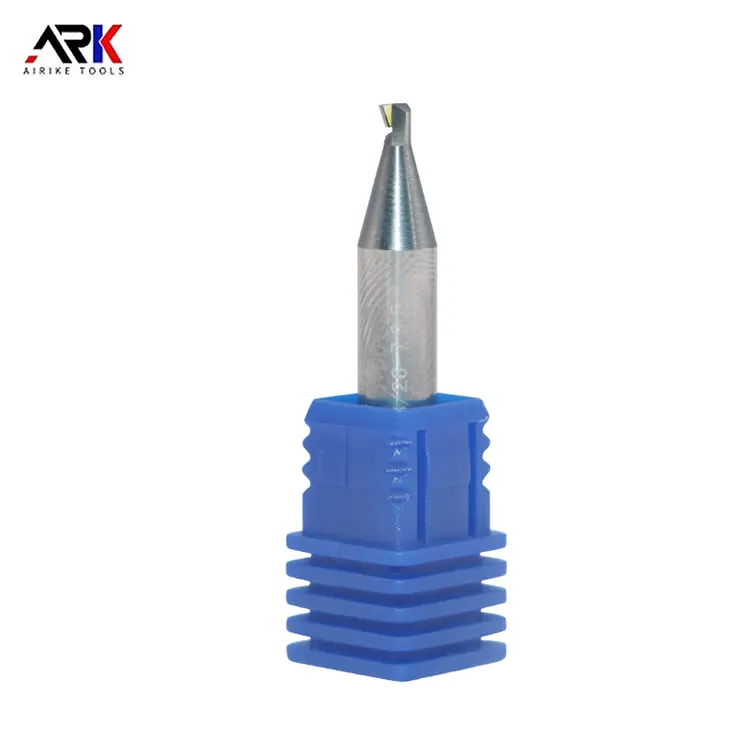Email Us
What is the appropriate speed for welding milling cutters?
The speed selection of welding milling cutters is a key process parameter in metal processing, which directly affects the welding quality, tool life, and production efficiency. When welding dissimilar metals (such as aluminum steel connections) or repairing precision components, slight differences in rotational speed may cause fluctuations in weld strength of more than 20%. So what is the appropriate speed for welding milling cutters? Let's take a look together!
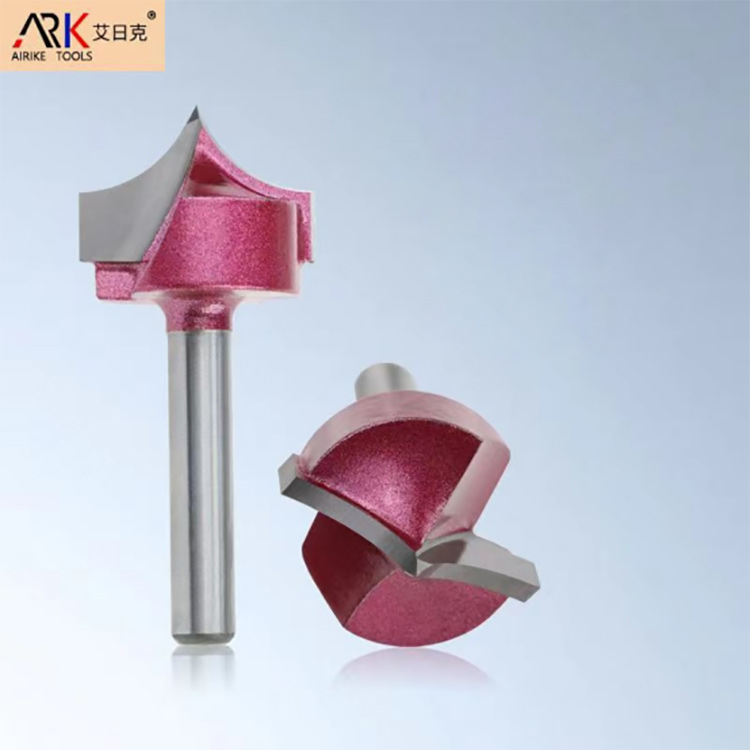
What is the appropriate speed for welding milling cutters?
In the arc milling and brazing of dissimilar metals between aluminum alloy and steel, the milling cutter speed has a significant impact on the welding effect. For example, as the milling cutter speed increases, the shear strength of the steel side interface first increases and then decreases. At a milling cutter speed of 2720r/min, the shear strength reaches its maximum of 194MPa, with an average shear strength of 182.01MPa. At the same time, under the conditions of welding current of 70A, welding speed of 44mm/min, wire feeding speed of 720mm/min, milling cutter milling amount of 0.1mm, and milling cutter rotation speed of 2720r/min, the average tensile strength of the milling cutter rotating counterclockwise and clockwise were 65.23MPa and 50.49MPa, respectively, and the fracture location was at the steel side interface. This indicates that around 2720r/min is the optimal speed range for this type of welding scenario.
In actual processing, the speed setting also needs to be combined with specific material characteristics. For example, in the study of Q235 low carbon steel milling and brazing process, it was found through experiments that there are significant differences in the influence of different rotational speeds on the welding effect, and the optimal rotational speed needs to be determined through experiments. At the same time, the rotational speed needs to be adjusted in coordination with parameters such as welding temperature, milling volume, and welding speed. For example, when studying the influence of welding temperature, it is necessary to set the milling amount as the optimal milling amount after Experiment 1, the milling cutter speed as 3500rpm, the welding speed as 20mm/min, and the welding temperature as variables. By comparing the welding effects at different temperatures, the optimal temperature can be obtained, and the speed needs to be further adjusted according to the optimal temperature.
The above content about the appropriate speed of welding milling cutters is shared here. With the development of intelligent sensing technology, adaptive systems for real-time monitoring of cutting force/temperature and automatic adjustment of speed are emerging. It is recommended that engineers establish a dynamic parameter database, combined with advanced methods such as acoustic emission signal analysis, to upgrade the speed selection from empirical judgment to data-driven precise control. This will be the core competitiveness of high value-added welding processing in the future.
- Is a spiral or straight flute woodworking milling cutter better for edge trimming?
- Can diamond-tipped Engraving Machine Milling Cutters handle ultra-fine detail engraving?
- How to Improve the Processing Efficiency of Woodworking Milling Cutters?
- What is the welding process for Welded Milling Cutters?
- Did you use the milling cutter straight out of the box? How come it chipped in just half an hour?
- Acrylic Milling Cutter Not Spinning? Quick Troubleshooting Guide
Contact Us
Paibang Industrial Zone, Henggang Town, Longgang District, Shenzhen
Copyright © 2025 Shenzhen Zhongyeda Precision Technology Co., Ltd. All Rights Reserved.


